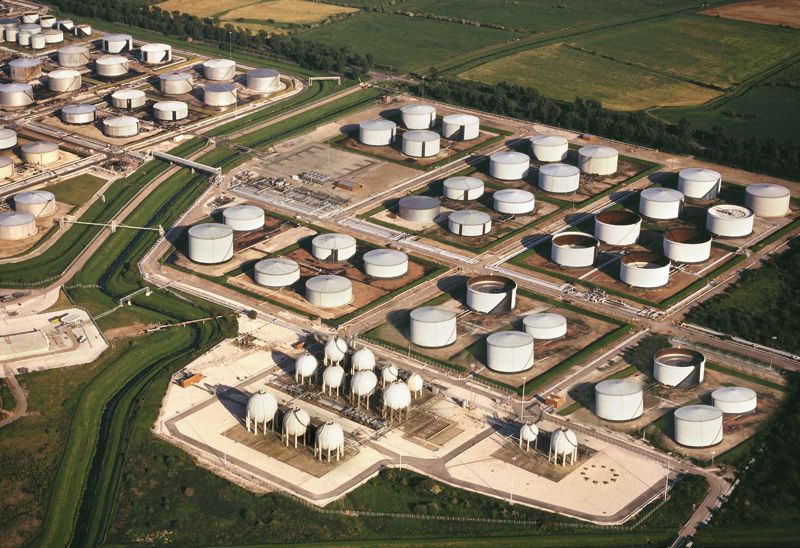What is the strategic petroleum reserve?
Created in the early to mid 1970s, the strategic petroleum reserve is a massive complex that houses crude oil, which is petroleum that has yet to go through the refining process. Installed following the oil embargo that created shortages for much of the world, which OPEC put in place during the Arab-Israeli War, the strategic oil reserve's purpose is to bring balance to the market when market forces — supply and demand — create instability.
Where is the strategic petroleum reserve located?
Controlled by the federal government, the strategic petroleum reserve isn't located in the Washington, D.C. area, but rather the Gulf area. The complex is lies just off the coast of Texas and Louisiana and the oil is kept in storage caverns that are buried in the ground. The Gulf of Mexico is a major production area for the United States' domestic oil flows. According to the Energy Information Administration, roughly 15% of crude oil and federal offshore natural gas production derives from the Gulf. The federal government decided to make the Gulf the destination for the reserve because of its salt dome storage and nearness to marine terminals, making it ideal for fast refining and delivery.

How much does the strategic petroleum reserve hold?
At any given time, the strategic petroleum is capable of holding as much as 714 million barrels of crude oil, according to the Department of Energy. The most it's ever contained at once is 726.6 million barrels, but 714 million is the current authorized storage capacity. A standard barrel of crude oil is the equivalent of approximately 44 gallons of petroleum products. Generally speaking, 43% of the products derived from a barrel of crude oil are gasoline and 22% are diesel.
Who has the authority to draw from it?
Since the strategic petroleum reserve is controlled by the Department of Energy, which is part of executive branch of government, the president of the United States can tap into it when the commander-in-chief sees fit to do so. The circumstances that might lead to a full or limited drawdown are enumerated in the Energy Policy Conservation Act. The main one is in the event of a "severe energy disruption," which may have an adverse impact on the economy or the nation's safety. A sudden spike in the price of petroleum may also be sufficient cause for drawing from the reserve, if the president deems it appropriate.
How much can be drawn from the strategic oil reserve at once?
The maximum rate at which oil can be pumped from the reserve is 4.4 million barrels per day for up to 90 days. At present, President Joe Biden has authorized releasing 1 million barrels of oil per day from the reserve.



Post A Comment:
0 comments so far,add yours